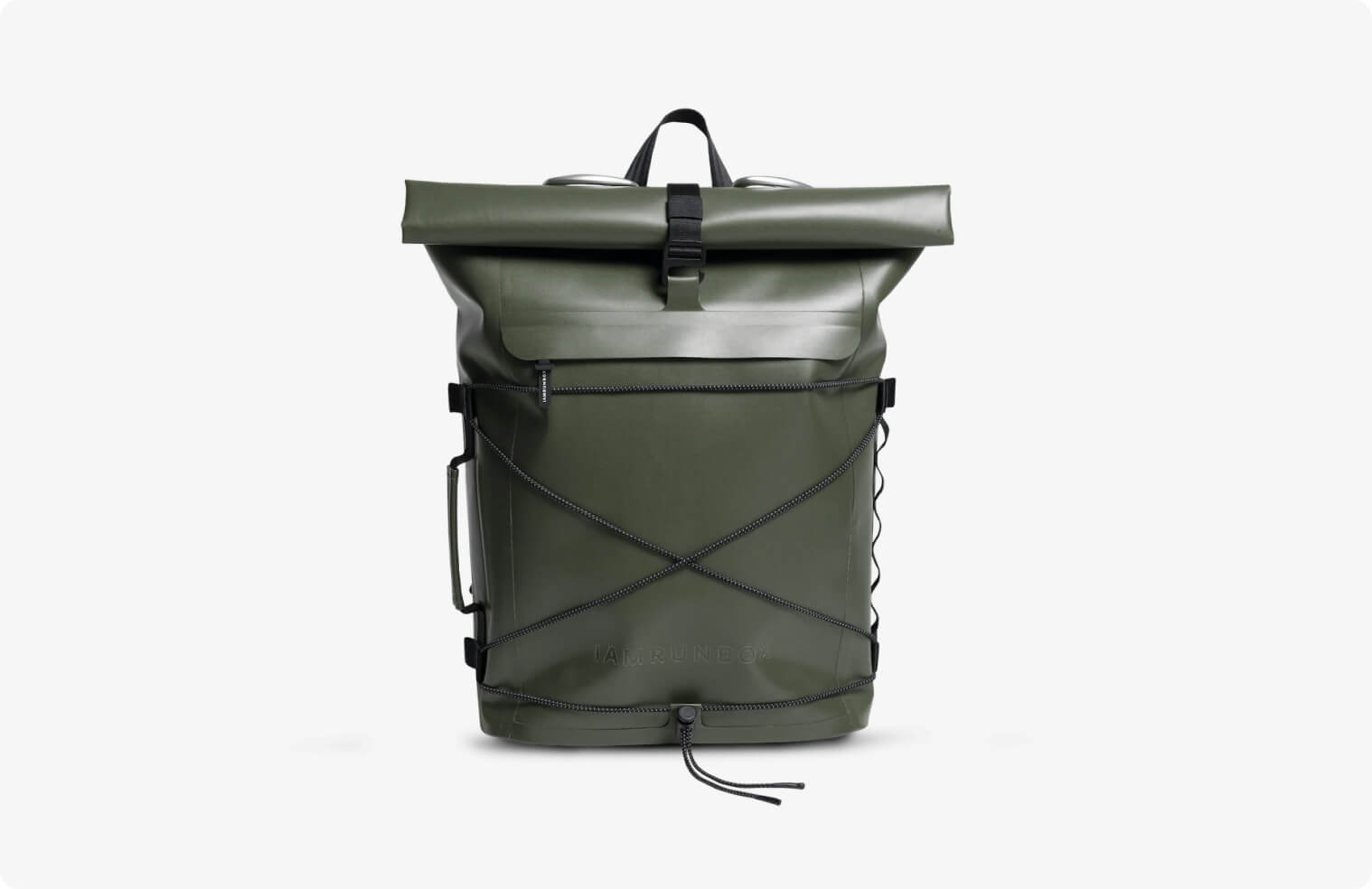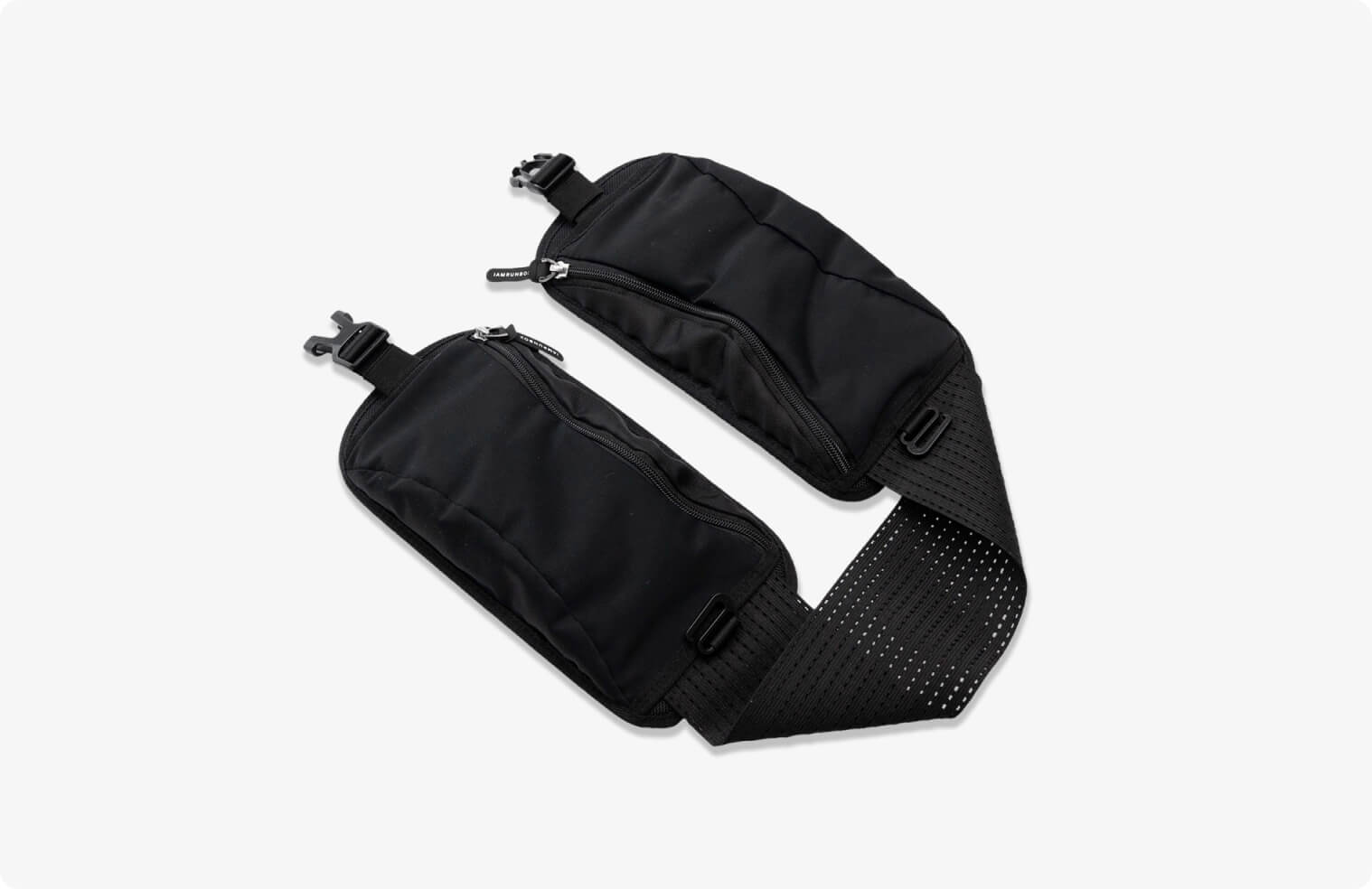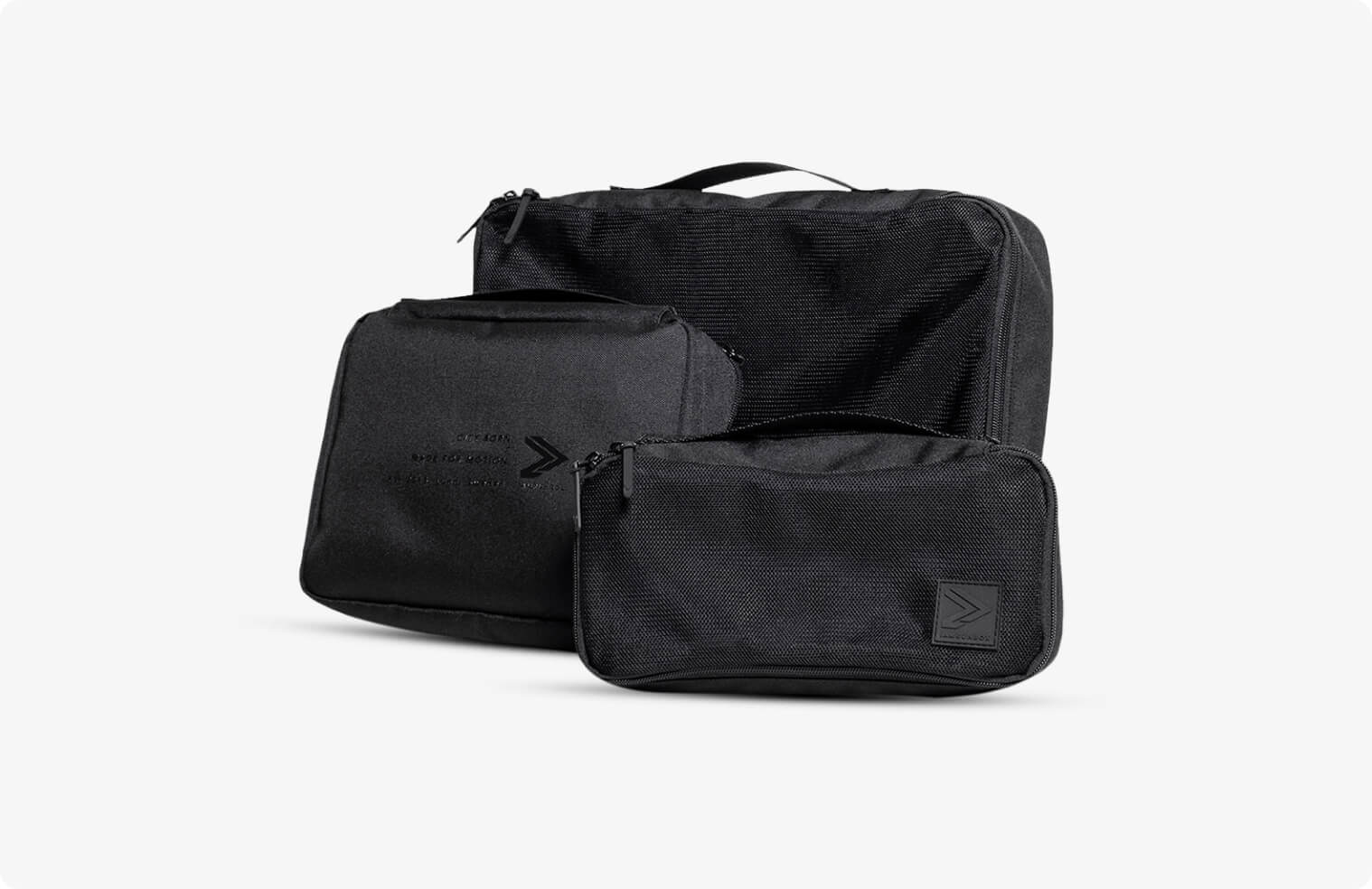
Essential Face Mask Info for 2021: What You Need to Know
If you’ve managed to not wear a face mask since the pandemic started, but still find yourself in situations where it’s difficult to keep the recommended distance, you should probably start wearing one in 2021.
Now, it’s understandable if you’re confused about face masks. Early on in the pandemic, numerous public health officials and agencies around the globe, including the World Health Organization (WHO), said that face masks weren’t needed. Most, if not all (including the WHO) have since reversed that stance and now recommend wearing face masks though at different levels of intensity depending on where you live. That’s because plenty of scientific evidence has emerged over the past year that shows face masks are essential to reducing the spread of COVID-19. Evidence also shows wearing a face mask is only one part of prevention, and should be used with social distancing, staying home to avoid crowds, and practicing proper hygiene like hand washing.
Here’s what you need to know about wearing a face mask and the different types of masks and filters, based on the latest science.
Why wearing a face mask in public is important
As the pandemic continued, scientists and medical researchers were able to learn more about the virus and how it’s transmitted. Evidence indicates that it spreads from someone who is infected through mouth and nose secretions, including respiratory droplets that are released by action like coughing, sneezing, and even speaking. An uninfected person can then catch the virus if those infectious secretions get into their mouth, nose, or eyes.
By looking at the pandemic itself, scientists have been able to show a direct link between use of masks and lowered infection rates. A study published in the June 2020 edition of Health Affairs, a leading journal on health policy, found that areas in the United States that issued mask mandates saw the daily growth of COVID-19 cases slow to nearly a full percentage point in just five days and by 2 percentage-points within three weeks. Meanwhile, another study that looked at COVID-19 deaths by country shows that populations that already had cultural norms for wearing masks in public or whose governments promoted wearing masks had lower death rates.
These and other studies show evidence that a face mask is most effective in protecting others when worn by an infected person. But a recent report by Oxford’s Leverhulme Centre for Demographic Science, states the face masks also protect wearers who are un-infected and should be “seen as part of ‘policy packages’ with other measures such as social distancing and hand hygiene.”
What to know about the best types of face masks to wear
There are a variety of different kinds and types of face masks to choose from. It can be hard to figure out which ones are most effective according to science. For the most part, it comes down to personal preference and comfort, but there are some basics to know about the best types of masks to wear.
● Multi-layered cloth mask
The most popular option for the general public to purchase is a cloth mask in more than one layer of a tightly woven fabric that’s breathable (like cotton). They’re reusable and can be more comfortable than surgical masks. It’s what the U.S. Centers for Disease Control recommends the general public wear. They’re also more protective than a cloth mask with a single layer, especially if there’s another fabric added to the mix. A study published in April by the University of Chicago found that masks that used two layers of 600-thread-count cotton and another fabric like silk, chiffon, or flannel were able to filter at least 94% of particles less than 300 nanometres.
● Face masks with filters
Relatively new to the face mask market, these are reusable multi-lay cloth face masks that feature a pocket or compartment for the wearer to keep a disposable filter for added protection. A recent study at Virginia Tech found that using a mask with a filter in between two pieces of fabric creates a noticeable difference in protection.
● N95/K95 medical face masks
N95, or the Chinese equivalent K95, are considered the most protective mask. They form tight around the nose and mouth and use a filter to catch at least 95% of pathogens in the air (hence the number in the name). A study published by Duke University in September showed that someone wearing an N95 transmitted less than 0.1% of droplets when speaking. Meanwhile, there have also been some reports claiming that K95 masks are not as effective as N95 masks.
These masks are only meant for medical personnel and those infected. The pandemic has put a strain on their supply and the basic consensus is that the general public should not use such valuable resources.
● Surgical masks
Originally designed to be worn by healthcare workers, surgical masks are made from non-woven fabric, usually polypropylene, which is better for bacteria filtration and breathability than cloth. A study in 2013 showed surgical masks were almost three times more effective for blocking influenza aerosol droplets than homemade face masks.
These masks are disposable and should only be used once, so they can pile as trash. They’re also not as comfortable when worn during strenuous activities as other face masks available.
● Face masks with filters
Relatively new to the face mask market, these are reusable multi-lay cloth face masks that feature a pocket or compartment for the wearer to keep a disposable filter for added protection. A recent study at Virginia Tech found that using a mask with a filter in between two pieces of fabric creates a noticeable difference in protection.
Understanding the difference between face mask filters
As part of the newest entry to the face mask market, there’s a flood of different filters with new ones popping up all the time. There’s not much direct scientific research comparing face mask filter materials, but most are well known and used in similar ways. Here are some of the most popular filters:
● PM 2.5 filters
Designed to filter particles as small as 2.5 microns in size, these filters can greatly increase a mask’s effectiveness and block respiratory particles carrying the virus.
● Polypropylene filters
Although polypropylene filters are made from the same material used for surgical and N95 masks (it has no gaps between its fibres for particles to slip through), they can’t guarantee the same level of protection as wearing an N95, but it’s still pretty close.
● MERV10 filters or higher
MERV stands for "Minimum Efficiency Reporting Value" and any filters with that acronym include a number indicating its strength. The higher the MERV number, the more effective it is at filtering smaller and smaller particles. Any filter of MERV10 or higher (like MERV11, MERV12, or MERV13) should block most particles smaller than one micron in size.
● HEPA filters
Short for “High-Efficiency Particulate Absorbing”, certified HEPA filters must meet the standard of efficiency of filtering out at least 99.95% of particles whose diameter is equal to 0.3 millimeters.
Ultimately, no matter what face mask you wear, it’s important to always remember to use it with other steps like social distancing and hand washing. In the end, protection from COVID-19 doesn’t come from a single action. Just like how wearing a mask is more for others than for you, it should be viewed as one single part of a larger effort.






